‘Road Diet’ Proposed for Hollister Avenue
Goleta Council Takes Up Ambitious New Look for Old Town
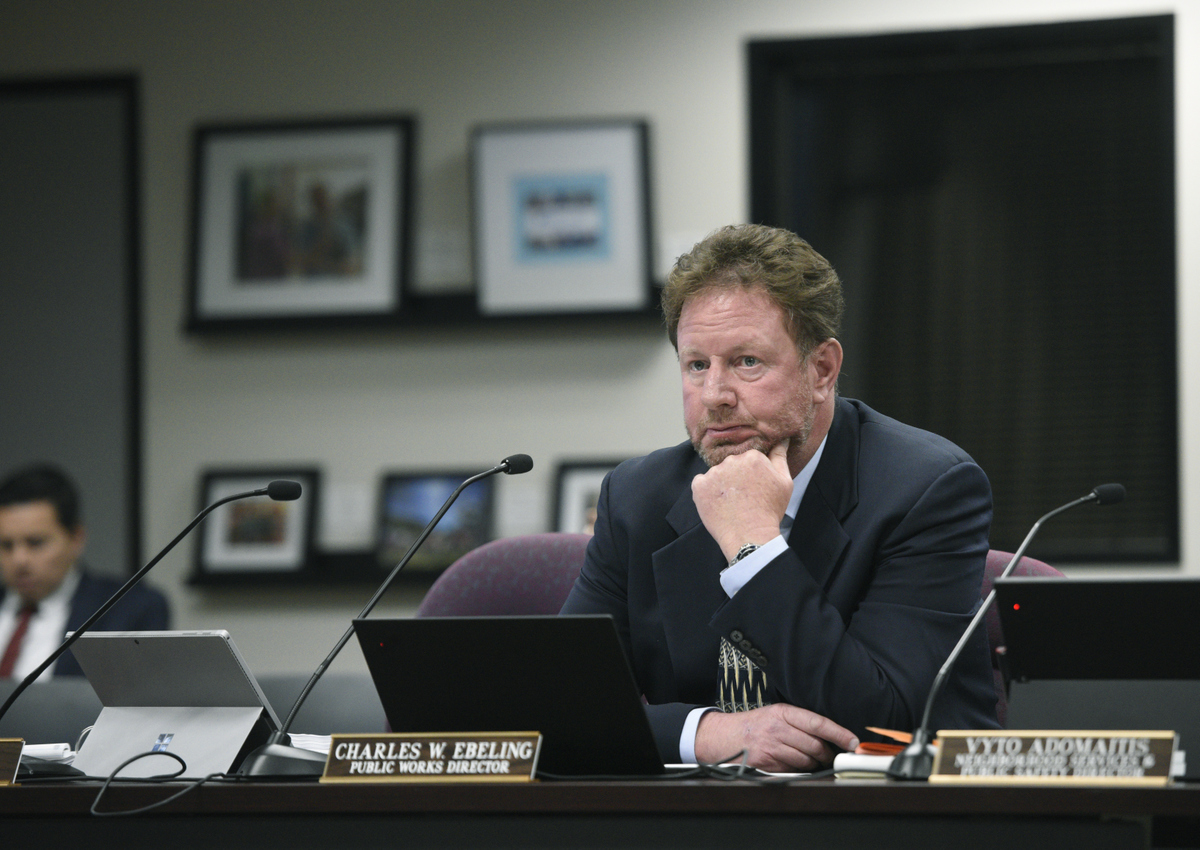
Goleta drivers will want to pay close attention on Hollister Avenue in a couple of years if an ambitious project to address Old Town and its surrounding traffic issues comes to fruition.
Up for discussion at City Council next Tuesday is the addition of bicycle lanes, the reduction to one driving lane in each direction, and a hope for more parking in Old Town in 2022. The city intends for that project’s traffic impacts to be alleviated by the twin roundabouts set for either side of the 217 overpass at Hollister circa 2022-2024, which should keep traffic moving and end the long wait at the traffic signals for Highway 101. The second element is the creation of another through road from Fairview to Kellogg avenues by joining Fowler and Ekwill streets in the industrial section of Old Town.
The latter two projects are already in motion and at the bid stage. Public Works Director Charlie Ebeling described them at an earlier meeting in December as the most expensive and complicated projects in the city’s history, with the roundabout project including the replacement of the crumbling Hollister Avenue bridge. That project alone will take three years to complete at a cost of about $53 million.
The intent behind performing all three projects at once is to alleviate “construction fatigue” for the public, as well as some efficiencies of scale. And the hoped-for end result is vitality for the Old Town area, which has already undergone revamped sidewalks, parks, and parking in the residential neighborhoods.
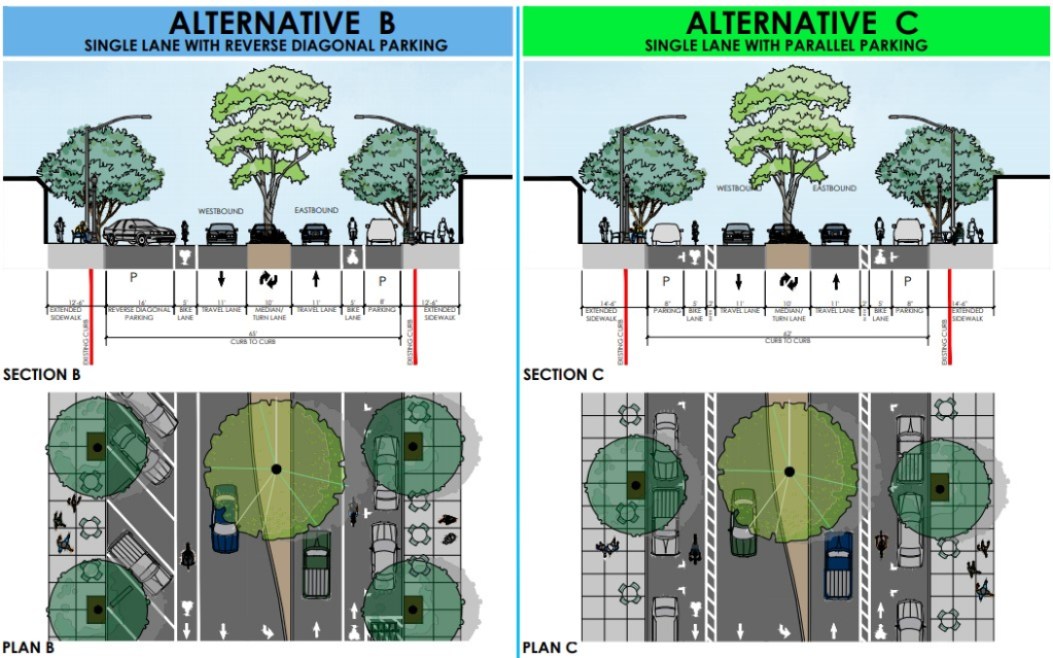
Tuesday’s meeting will be the second council hearing for the “road diet” concept of using lane striping to add bike lanes to both sides of Hollister from the 217 to Fairview. The December 15 airing was just past the 10 p.m. mark when the council began to debate whether bicyclists would be safer riding next to the sidewalk or between the traffic lane and parked cars. Exhaustion set in, and all agreed they’d finish the hearing on January 19.
Any road project goes through several planning stages: public outreach, design proposals, funding applications, environmental review, and bidding, with construction coming at the very end. The striping plan would be a change from the Complete Streets Project for which the city was just about ready to start final design and funding — completion was a good three to five years out. As well, the Hollister Bridge replacement required a huge grant to the city that the state and feds might not give a second time so soon, Ebeling noted.
Get the top stories in your inbox by signing up for our daily newsletter, Indy Today.
Multiple public meetings last year and an online survey indicated widespread support to reduce Hollister through Old Town to a single lane, according to December’s staff presentation. The bicycle community had come out to support cycling safety, and, if anything, advocated for wider, better separated bicycle lanes along Hollister. Others stated it would improve the health of businesses along those blocks as they’d become more visible. One of the two striping proposals adds parking spaces by making parking on the north side of the street the new back-in parking as at East Beach in Santa Barbara. The other proposal maintains parallel parking with no gain in parking spots.
Wider sidewalks was one element in Complete Streets that will be missing from the striping plan, Ebeling pointed out. Hardscapes were not anything the cheaper, faster striping project could accomplish. As well, it will take a full year to get through the stages before construction, so the new striping plan wouldn’t be in place to help Old Town businesses expand outdoors to the sidewalk during COVID.
The beautification portion with trees in the median divider cannot be put in place through the striping project either, Ebeling said, though the city will grind and repave the road surface to reduce the crown and remove the old painted striping. And, he said, regarding the word “interim” in the striping project name — he’d seen one interim project stay put for 20 years, he told councilmembers in December, warning them against short-term thinking in consideration of this one.
The ask on Tuesday to the City Council is for $70,000 for conceptual design and analysis, including more traffic analyses. The action takes place on January 19 starting at 5:30 p.m. in an electronic webinar format. Information on participating in the webinar, reading the agenda materials, or sending a comment can be found at the city’s website.
Every day, the staff of the Santa Barbara Independent works hard to sort out truth from rumor and keep you informed of what’s happening across the entire Santa Barbara community. Now there’s a way to directly enable these efforts. Support the Independent by making a direct contribution or with a subscription to Indy+.

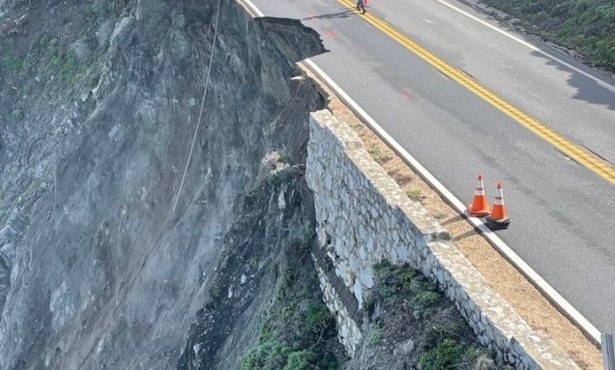
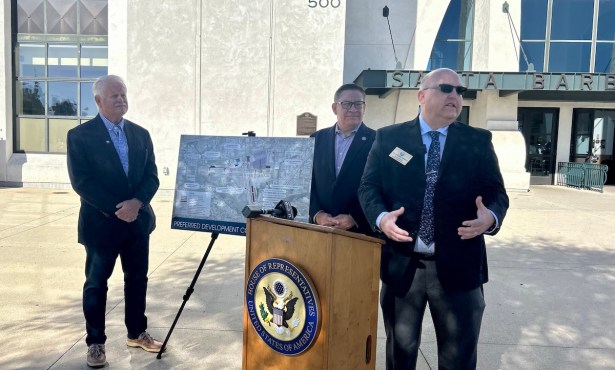
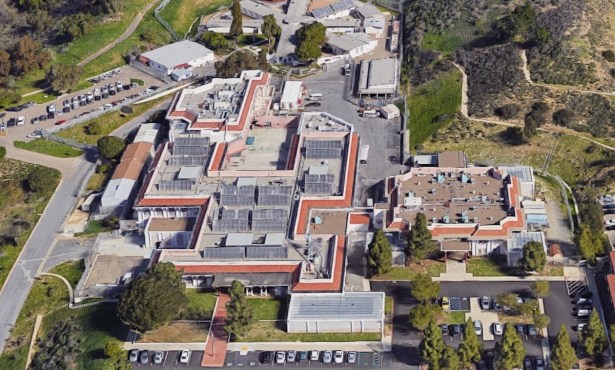
You must be logged in to post a comment.